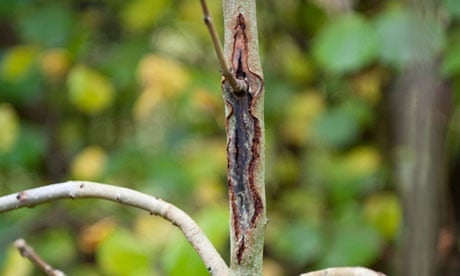When to Prune Fruit Trees?

Fruit tree pruning can generally be carried out in winter, spring or summer, depending on what your end goal is.
Winter Pruning
Mainly for apples, pears and quince. Winter pruning encourages vigorous growth. So if you want new shoots, and more flowers and therefore fruits, prune in winter. Pruning at this time of year, when the leaves have fallen, gives you a chance to see the overall shape and structure of your tree.
Spring & Summer Pruning
Mainly for stone fruits or if your tree is too big, and you don’t want to encourage vigorous growth. Also good for trained apples and pears.
It doesn’t trigger the tree into producing lots of new growth so it’s good for trees you want to keep small and for dwarf trees. It’s also a chance to remove diseased or dead wood.
Because spring and summer pruning is carried out after the tree has started to develop fruits (known as setting fruits), you can avoid cutting the branches with fruits on.
Autumn Pruning
It’s better to avoid autumn pruning as this can stimulate new growth at a time when the tree is getting ready to go into dormancy.

